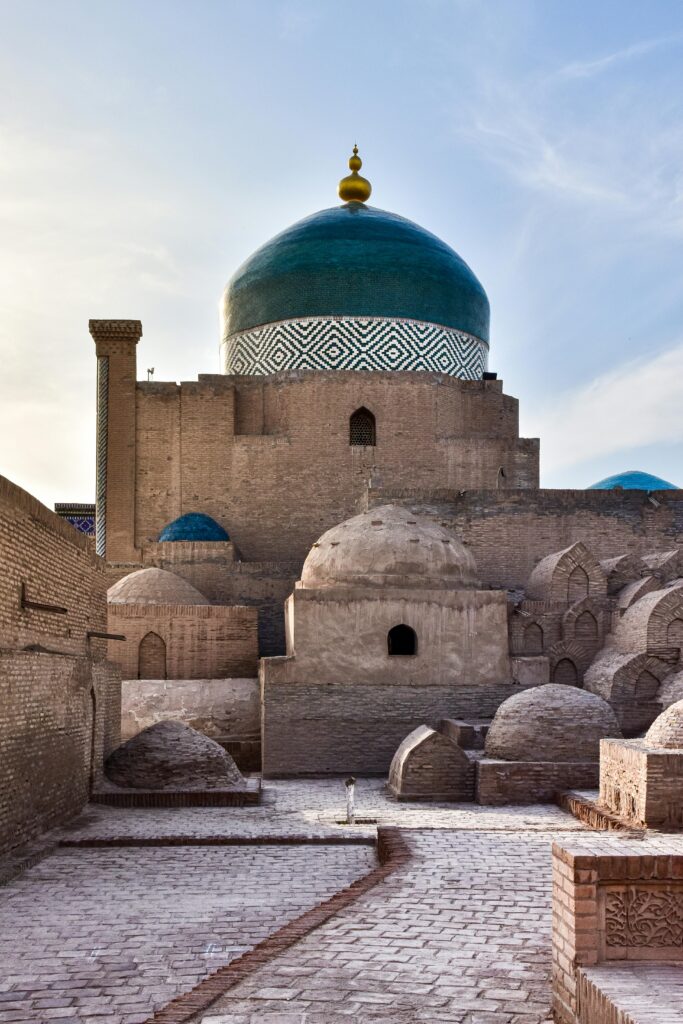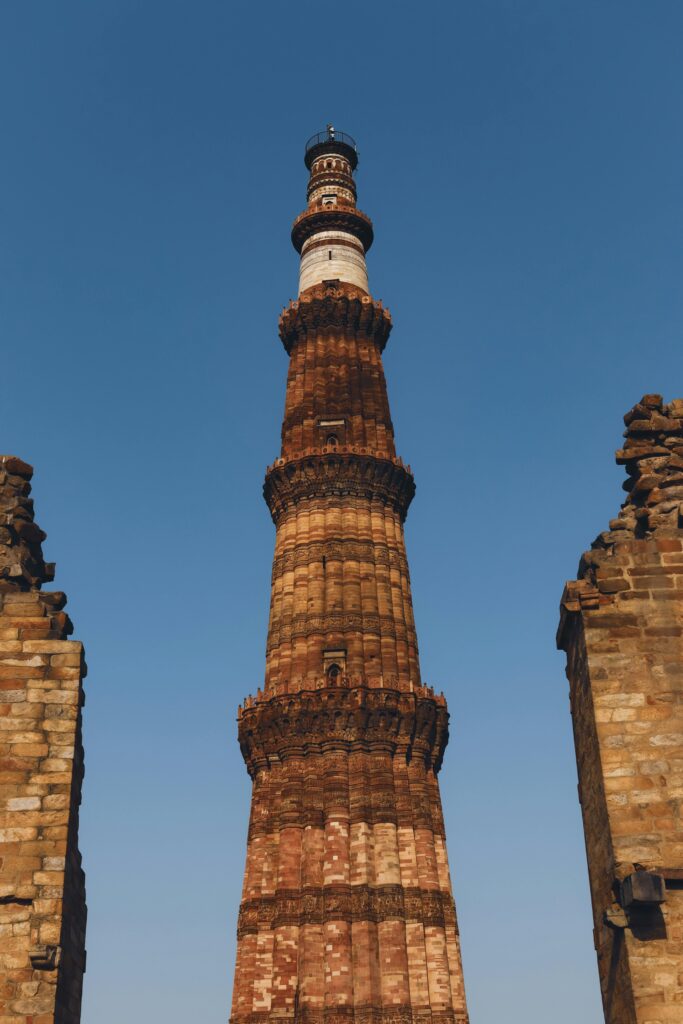CHAPTER 4
Objective: To provide clear, concise, and accurate solved questions and answers on the Khalji Dynasty of the Delhi Sultanate for ICSE Class 8 students, helping them study with ease and confidence.
Delhi Sultanate The Khaljis: The Khalji Dynasty played a powerful role in shaping medieval Indian history. From Alauddin Khalji’s bold military campaigns to his smart economic reforms, this chapter is packed with important events and personalities. But when it comes to answering questions in exams, many students struggle to put it all together.
This blog post is here to make your learning journey easier.
We’ve gathered the most important questions from the ICSE Class 8 syllabus and answered them in a simple, student-friendly way. Whether you’re revising for an upcoming test or trying to understand the topic better, these solved Q&As will save your time and boost your confidence.
Let’s explore the rule of the Khaljis—clearly, quickly, and stress-free!
A. Answer the following questions Delhi Sultanate- The Khaljis :
What steps were taken by Alauddin Khilji to establish a vast empire?
Ans: Alauddin Khilji was the nephew of Jalaluddin Khilji, the founder of the Khilji Dynasty. He proved to be a strategic and ambitious ruler, defeating Raja Ramachandra of Devagiri in the Deccan and returning with immense riches. In AD 1296, he assassinated his uncle and proclaimed himself the Sultan of Delhi.
Alauddin expanded his empire significantly, extending it from the Brahmaputra River in the east to the Arabian Sea in the west and from the Himalayas in the north to Madurai in the south. Realizing that the southern territories were difficult to rule directly, he turned their rulers into vassals and imposed annual tributes on them. This system enabled him to maintain a large standing army and establish an efficient administrative framework, securing his position as one of the most powerful Delhi Sultans.
What methods did Alauddin Khilji adopt to strengthen the financial system of his empire?
Ans: Alauddin Khilji implemented a series of economic reforms to stabilize and strengthen the Delhi Sultanate’s economy. The rulers of the Deccan were forced to acknowledge his supremacy by paying a heavy annual tribute. He increased the state’s share of agricultural produce from one-third to half, ensuring higher revenue collection.
To combat inflation and economic instability, Alauddin regulated market prices. Essential commodities required for daily use were sold at fixed rates, ensuring affordability for the common people. Price control policies were strictly enforced, and defaulters were severely punished.
In the Doab region, the fertile land between the Ganga and Yamuna rivers, revenue was increased to half of the total produce, and collections were carried out with strict efficiency. To prevent food shortages, government granaries were established to store grains.
What were the major administrative reforms introduced by Alauddin Khilji of (Delhi Sultanate The Khaljis)?
Ans: Alauddin Khilji was not only a brilliant military strategist but also an efficient administrator. To prevent rebellions, he kept a strict watch on the nobles and took decisive measures to suppress any uprising.
All lands and properties granted to nobles as gifts or religious endowments were seized by the government to centralize power. Social activities such as marriages, parties, and gatherings among the nobility were restricted to curb conspiracies.
Additionally, he organized an advanced espionage system, ensuring constant surveillance over the kingdom. His strict policies helped him establish a strong, disciplined administration, making the Delhi Sultanate one of the most powerful regimes in Indian history.
What were the major achievements of Alauddin Khilji?
Ans: Alauddin Khilji was a great patron of art and architecture. He built the Alai Darwaza, a stunning gateway to the Qutub Minar, reflecting Indo-Islamic architectural brilliance.
He also constructed the Siri Fort and the Palace of a Thousand Pillars (Hazar Sutun), which showcased his grand vision for the Delhi Sultanate. Another significant contribution was the Hauz Khas, a large water reservoir built to provide a steady water supply for the royal household.
His achievements in military expansion, administration, economic reforms, and architecture cemented his legacy as one of the most influential rulers in Indian history.
B. Fill in the blanks Delhi Sultanate The Khaljis :
- The last successor of Balban was Kaikubad.
- In AD 1296, Alauddin defeated Raja Ramchandra of Devagiri and returned with fabulous riches.
- In the south, Alauddin made the Rajas his vassals and took annual tribute from them.
- Alauddin built the Alai Darwaza, which served as a beautiful entrance to the Qutub Minar.
- Alauddin was succeeded by his son Qutbuddin Mubarak Shah.
C. Match the following:
| A | B |
| The founder of the Khilji dynasty | Jalaluddin Khilji |
| The general who assisted Alauddin in his campaigns | Malik Kafur |
| A renowned poet | Amir Khusrau |
| Anarkali Khan and Kadar Khan were defeated and imprisoned by | Alauddin Khilji |
Give a look on the Question and Answer on “The Emergence of Zoo”
Read the Essay on The Rise of AI-Generated Art and Its Ethical Dilemma
D. Write whether the following statements are true or false:
- Alauddin Khilji took steps to control prices → True
- The southern states that Alauddin conquered were under his direct control → False
- Amir Hasan was a scholar in the court of Alauddin Khilji → True
- Jalaluddin Khilji introduced the system of Chehra → False
- Alauddin increased the land revenue from one-third to half → True


